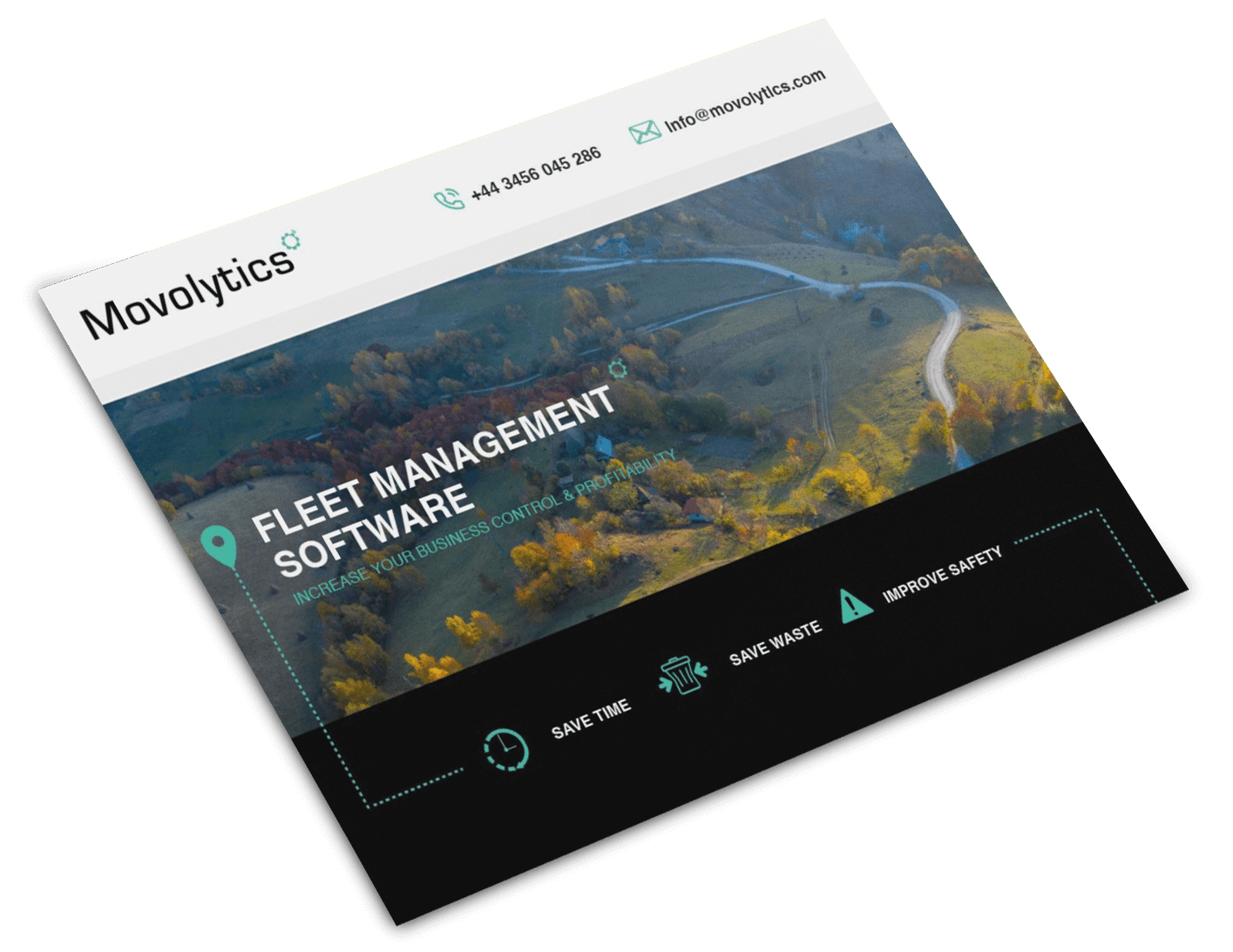
Staying ahead of the curve is essential for businesses looking to streamline operations, reduce costs, and improve overall efficiency. One of the innovative solutions that has been making waves in the industry is telematics. But what is telematics, and how can it revolutionise fleet management for businesses across various sectors? Let’s delve into the world of telematics, explore how it works, and uncover the myriad ways it can reshape fleet management practices.
Defining Telematics
To embark on this journey, let’s begin with the basics: what is telematics? Telematics is a broad term that encompasses the fusion of telecommunications and informatics. It involves the integration of communication and data processing technologies to transmit, receive, and store information about vehicles and their activities. In simpler terms, it’s the technology that connects your vehicles, gathers data, and provides valuable insights into their performance and usage.
How Telematics Works
At the heart of telematics is a combination of hardware and software components. Vehicles are equipped with telematics devices that can capture a wide range of data, including GPS location, engine diagnostics, and more. These devices use satellite and cellular networks to transmit this data to a central server where it is processed and made accessible to fleet managers and business owners through user-friendly interfaces. Telematics provide fleet managers with accurate information about their vehicles, allowing them to make data-driven decisions to improve fleet management.
Key Components of Telematics
To understand the potential benefits of telematics, it’s important to grasp its key components:
- GPS Tracking: Global Positioning System (GPS) technology plays a central role in telematics. It provides precise location data for each vehicle in your fleet.
- Vehicle Diagnostics: Telematics devices can tap into a vehicle’s onboard diagnostics system, extracting data on engine performance, and more.
- Driver Behaviour Monitoring: Telematics also includes driver behaviour monitoring, which helps you assess how your drivers are operating your vehicles.
- Geofencing: Geofencing is a feature that allows you to create virtual boundaries on the map. When a vehicle enters or exits these boundaries, you receive a notification.
Benefits Across Industries
Now that we’ve demystified telematics and its components, let’s explore how this technology can transform fleet management in various industries:
- Logistics and Transportation: Telematics is a game-changer for logistics and transportation companies. Vehicle tracking, route optimization, and predictive maintenance help you to deliver goods more efficiently.
- Construction: Construction companies can benefit from telematics by tracking the location of heavy machinery and equipment.
- Delivery Services: Courier and delivery businesses can provide accurate delivery time estimates, and enhance customer satisfaction with telematics.
- Public Transportation: Public transit agencies can use telematics to monitor bus locations, improve schedules, and more.
- Agriculture: In the agricultural sector, telematics can help track the usage and location of farm machinery, leading to better crop management and resource allocation.
Telematics is a multifaceted technology that offers significant advantages for fleet management across a spectrum of industries. By harnessing the power of telematics, businesses can improve their fleet management.
Download our brochure
Take a look at our brochure to find out more
